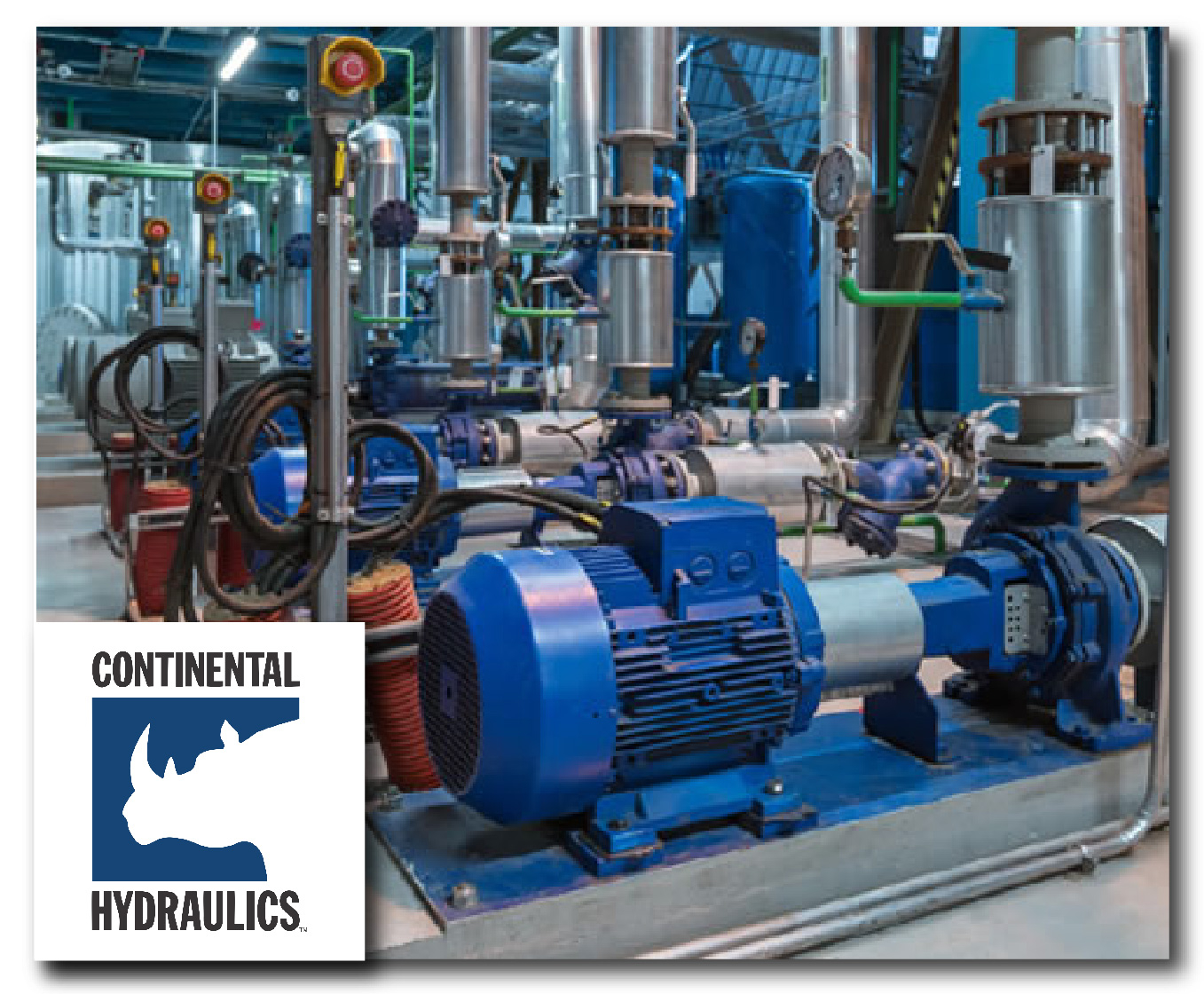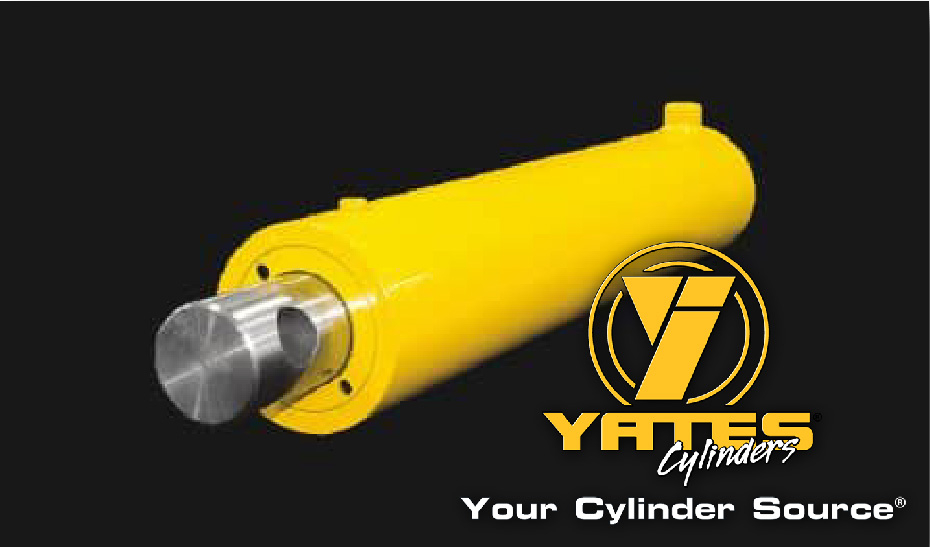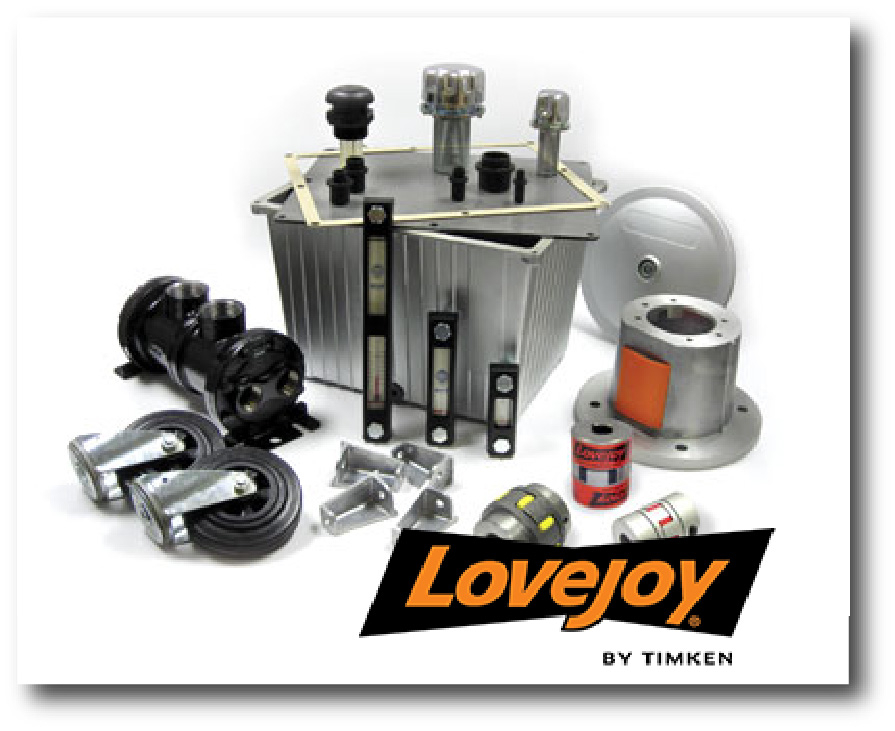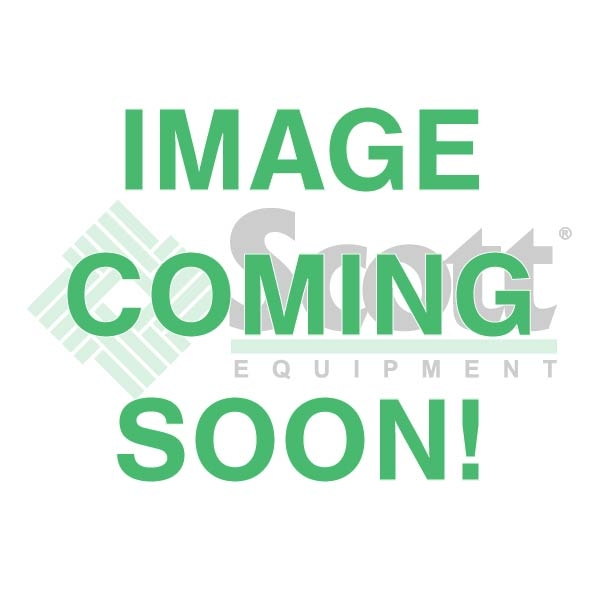Hydraulic System Components

Pascal’s law, which states:
“Pressure applied to a confined fluid at any point is transmitted undiminished throughout the fluid in all directions and acts upon every part of the confining vessel at right angles to its interior surfaces and equally upon equal areas.”
What is a Hydraulic System?
 A hydraulic system uses a pressurized fluid to perform a task. Because hydraulic fluid is nearly incompressible, the fluid acts upon every part of the section of containing vessel and creates force or power. Using this power or force, operators can lift heavy loads and perform precise, repetitive tasks.
A hydraulic system uses a pressurized fluid to perform a task. Because hydraulic fluid is nearly incompressible, the fluid acts upon every part of the section of containing vessel and creates force or power. Using this power or force, operators can lift heavy loads and perform precise, repetitive tasks.
Simply moving fluids through a pipeline won’t create any hydraulic pressure. A hydraulic system’s components must be arranged in a proper fashion to create an efficient hydraulic system.
What Components Make Up a Hydraulic System?
The major components of hydraulic system are the hydraulic reservoir, hydraulic pump, valve(s) and actuator(s), Filters.
Hydraulic Reservoir – The hydraulic fluid required to drive the hydraulic system is stored in a reservoir/tank. The size of the reservoir will vary depending on the hydraulic system and application the system is designed for. A hydraulic system’s reservoir is designed to remove trapped air and to cool the pressurized hydraulic fluid.
Vented and pressurized reservoirs are the two types of reservoirs. The vented reservoir is open to the atmospheric pressure and the air enters and escapes through a vent line. Vented reservoirs are placed at the highest point of the hydraulic system to provide maximum gravity/force to the flow. High altitude applications like aircraft use pressurized reservoirs to store hydraulic fluids. The fluid will be closed to the atmosphere and pressurized.
Hydraulic Pump – Mechanical power is converted into hydraulic energy using the flow and pressure of a hydraulic pump. Hydraulic pumps operate by creating a vacuum at a pump inlet, forcing liquid from a reservoir into an inlet line, and to the pump. Mechanical action sends the liquid to the pump outlet, and as it does, forces it into the hydraulic system.
Hand pumps and power-driven pumps are the two categories of hydraulic pumps. Power driven pumps are commonly used in the hydraulics industry. Hand pumps are suitable for emergency conditions, where the power pumps fail. Piston pumps, gear pumps and vane pumps are the important classifications of power pumps.
Hydraulic Valve - Hydraulic valves are used in a system to start, stop, and direct fluid flow. Hydraulic valves are made up of poppets or spools and can be actuated by means of pneumatic, hydraulic, electrical, manual, or mechanical means.
 Hydraulic valves also regulate the pressure of fluids. These valves can be mechanically operated, electric solenoid operated and pilot operated valves. Directional control valve directs the flow of fluid, pressure control valves monitor and regulate the pressure of fluids, and flow control valves control the fluid flow through the system.
Hydraulic valves also regulate the pressure of fluids. These valves can be mechanically operated, electric solenoid operated and pilot operated valves. Directional control valve directs the flow of fluid, pressure control valves monitor and regulate the pressure of fluids, and flow control valves control the fluid flow through the system.
Hydraulic Actuator - Hydraulic actuators convert hydraulic energy into mechanical energy. Cylinders and motors are the two important types of actuating devices. The hydraulic cylinders produce a unidirectional force. So, they are called linear motion actuators.
Hydraulic Motor - A hydraulic motor is a type of actuating device that converts hydraulic energy into rotating mechanical energy. The flow of fluid towards the motor determines the rotating speed. Gear, vane, and piston are the three classifications of hydraulic motors. Gear and vane motors are simple rotating systems with advantages like low cost and high rpm. More complex piston motors are suitable for high-quality drive systems.
Filter – Contamination is a major concern in any hydraulic system. Rust, foreign particles and water are contaminants that can cause the failure of any hydraulic system. Hydraulic systems use filters to remove these foreign particles and to purify the fluid. It is important to clean or replace the filter at regular intervals to keep the system running smoothly and efficiently. Filters are typically installed in pressure and return lines to prevent damage of major components.
According to JIS B 8356: 1993, there are different types of filters. Reservoir filters, line filters, off-line filters are some among them. Also, other cleaning equipment like air breather, magnet separators, oil filling ports, etc. are available for removing contaminants.
The reservoir filters are placed before the pump to prevent the entry of contaminants into the pump. They are of two types; suction filter and return filter. The suction filters are installed at the pump suction port and the return filter clean the fluid returning to the reservoir after the operation. Line filters are used to remove contaminants from the working fluid. These filters are selected depending on the pressure, flow rate and filtration ratings. Off-line filters purify working hydraulic fluid in the reservoir using a pump and filter.
 Accumulator - Hydraulic systems use accumulators for energy accumulation, shocks absorption, and absorption of pulsations. Accumulators help to achieve a large flow rate and to minimize the things that effect system efficiency. Accumulators come in many styles to include bladder type, diaphragm type, piston type, spring type, and weight loaded type. Weight loaded type accumulators are designed for large-scale machinery and spring type accumulators are used to prevent pulsations.
Accumulator - Hydraulic systems use accumulators for energy accumulation, shocks absorption, and absorption of pulsations. Accumulators help to achieve a large flow rate and to minimize the things that effect system efficiency. Accumulators come in many styles to include bladder type, diaphragm type, piston type, spring type, and weight loaded type. Weight loaded type accumulators are designed for large-scale machinery and spring type accumulators are used to prevent pulsations.
Hydraulic Seals - Hydraulic seals are typically non-metallic, flexible rings made out rubber, PTFE, or polyurethane (AU). Hydraulic seals prevent leakage of hydraulic fluids. Dynamic seals are used between parts having relative motion. Static seals are used in between parts, that doesn’t require motion. Piston seals, rod seals are examples for dynamic seals.
Hydraulic Hoses – Hydraulic hoses are used to connect components like pumps, motors, cylinders, etc. Hydraulic hoses are typically flexible to allow for unique installations. Since the hydraulic system operates under high temperature and pressure, hydraulic hoses are constructed with several layers of reinforcement. Reinforced, coiled, corrugated, articulated and multi-element are different types of hydraulic hoses available.
Ask us about our Hydraulic System Training Classes!





